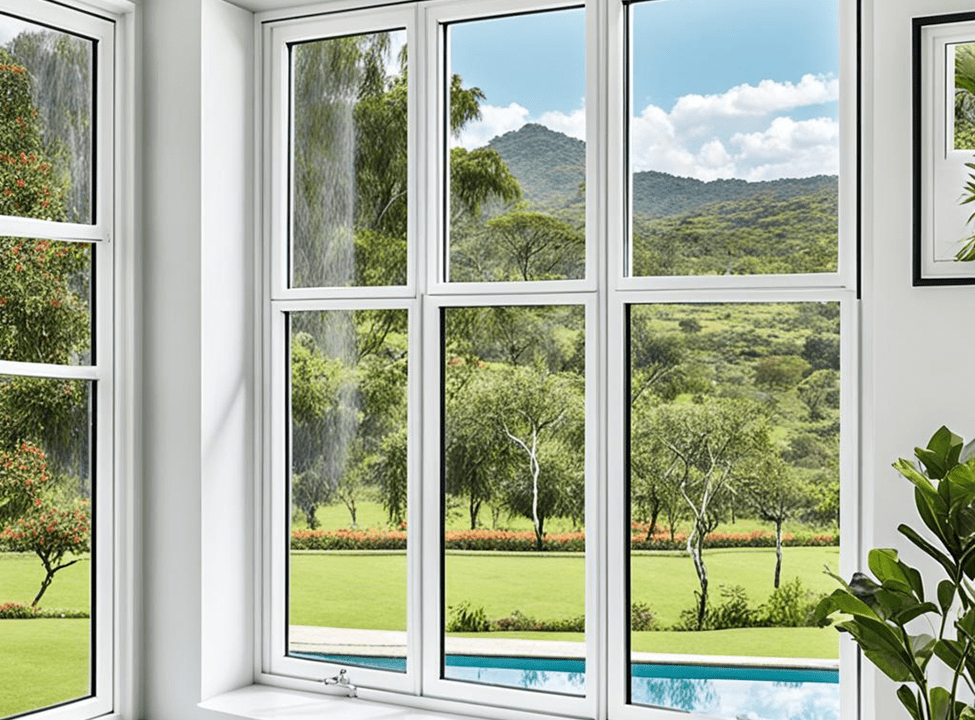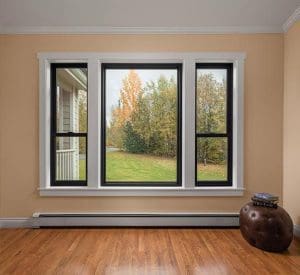
The Complete Guide to Choosing Aluminum Windows and Doors
The Complete Guide to Choosing Aluminum Windows and Doors: What Every Homeowner Should Know Before Deciding

Aluminum windows and doors have become a hallmark of modern construction, appealing to both residential and commercial property owners for their sleek appearance, impressive durability, and energy performance. However, like any major investment in your property, making the right decision requires understanding not only the benefits but also the limitations and important factors involved. This comprehensive guide explores everything you need to know before deciding if aluminum windows and doors are right for your project.
Why Aluminum? The Key Advantages
1. Exceptional Durability and Longevity
Aluminum is renowned for its strength and resilience. Unlike wood, aluminum will not rot, swell, warp, or crack, even after years of exposure to the elements. This makes it an ideal choice for regions with extreme weather, as aluminum frames remain stable in both hot and cold temperatures.
2. Low Maintenance Requirements
One of the standout advantages of aluminum windows and doors is how little upkeep they need. Finished surfaces, whether anodized or powder-coated, resist corrosion and do not require repainting, unlike wood or steel alternatives. Routine cleaning with water and a mild detergent is usually enough to keep them looking new.
3. Modern Aesthetics and Design Flexibility
Aluminum frames allow for slim, minimalist profiles—maximizing glass area and natural light in your space. These frames can be customized in a wide array of colors and finishes to suit contemporary or traditional styles. If you want uninterrupted views and a modern edge, aluminum is unmatched.
4. Energy Efficiency with the Right Features
While older aluminum products had poor insulation values, modern aluminum windows and doors employ “thermal breaks” (insulating barriers within the frame) and high-performance glass. Combined, these minimize heat transfer, helping to reduce energy bills and maintain indoor comfort. Thermally broken frames can reduce energy loss by up to 40% in some cases.
5. Eco-Friendly and Sustainable
Aluminum is 100% recyclable and retains its quality when reused. Unlike some materials, its production and recycling processes have a smaller environmental footprint, making it a sustainable building choice.

Potential Drawbacks to Consider
When considering aluminum windows and doors, weighing some of the disadvantages is essential:
1. Higher Initial Cost
Compared to vinyl or standard wood windows, aluminum tends to have a higher upfront price. However, this cost is often recouped through longevity, minimal maintenance, and energy savings over years of use.
2. Susceptibility to Water Staining
While aluminum itself does not rust, it can develop visible stains when exposed to constant moisture—especially in humid or rainy climates. Periodic cleaning and applying protective coatings can help minimize this issue, but it is something to consider if you live in a high-humidity area.
3. Thermal Conductivity (Without Proper Thermal Breaks)
Aluminum, being a metal, naturally conducts heat and cold more readily than wood or vinyl. Insufficiently insulated frames can lead to poor thermal performance, condensation, or heat loss. Ensure any products you’re considering include a quality thermal break system.
4. Professional Installation Required
Correct installation is crucial for aluminum doors and windows. The tight tolerances needed for sealing and fitting demand an experienced installer to maximize energy efficiency, waterproofing, and overall performance. Faulty installation can result in leaks, drafts, and compromised security.

Comparing Aluminum to Other Materials
| Feature | Aluminum | Wood | Vinyl | Steel |
| Durability | Excellent | Good (can rot/warp) | Good (can crack) | Best, but can rust |
| Maintenance | Low | High | Very low | Moderate to high |
| Aesthetics | Modern, slim | Classic, can paint | Moderate, fewer colors | Industrial, limited |
| Energy Efficiency | High (with thermal break) | Very high | High | Good |
| Lifespan | 20–25 years or more | 15–30 years | 15–20 years | 30+ years |
| Upfront Cost | Medium–High | High | Low–medium | High |
Practical Tips Before Making Your Decision
- Evaluate Your Priorities: Consider what matters most—durability, aesthetics, energy efficiency, or cost. Aluminum tends to tick most boxes but at a premium price.
- Check for Quality Certifications: Look for frames with proper thermal breaks, high-performance glazing, and recognized manufacturing standards.
- Consider the Climate: In hotter or extremely cold climates, ask about the energy rating and condensation resistance of the frames and glass.
- Think About Customization: Aluminum frames offer extensive color and finish options—make sure your supplier can deliver your preferred style.
- Choose an Experienced Installer: Professional installation is non-negotiable for optimal function and energy performance. Ask for references and certifications.
- Plan for Maintenance: While minimal, periodic cleaning and inspections will help preserve the finish, especially in coastal or rainy environments.
- Consult with Professionals: Reputable suppliers can assess your property and make recommendations tailored to your specific needs and design taste.
Conclusion: Is Aluminum Right for You?
Aluminum windows and doors are a superior investment for those seeking longevity, modern appeal, and low maintenance—with the added bonus of energy efficiency if you choose high-quality, thermally broken frames. Although the cost is higher upfront, it’s often justified by decades of trouble-free use and lower energy bills. Always pair your purchase with professional advice and installation to ensure you’re maximizing their many advantages. With aluminum, you enjoy peace of mind, aesthetic flexibility, and robust, sustainable performance for years to come.






